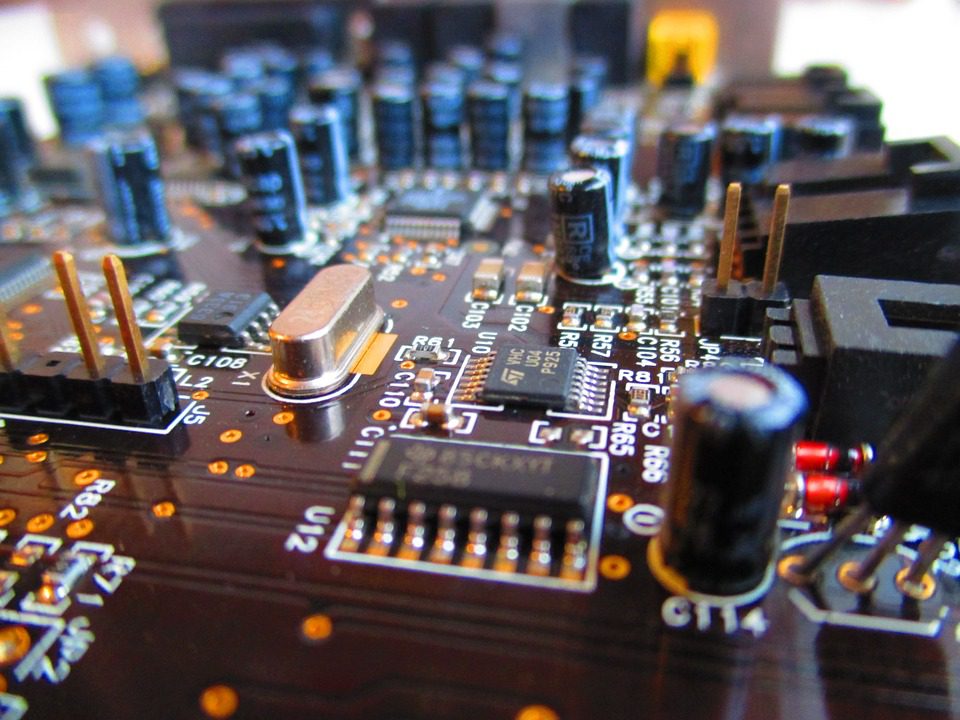Circuit boards are essential to the operation of virtually every electronic device. In spite of that, the circuit board is often taken for granted and is only noticed when it fails.

(Pixabay / moebiusdream)
Here are some of the main reasons circuit boards give out:
- Discrete component failure – Failure could be attributed to the normal aging of components, such as capacitors, resistors, diodes, and more. It could also result from excessive heat, voltage surges or sags, fluctuation in ESR values, drying, and corrosion. At times, these problems can be seen by the naked eye, but in many instances, they can only be detected with meters.
- Power component failure – Heat, voltage fluctuation, and normal component aging could be responsible for the failure of some power components. Signs of exploded components may be evident in some cases, but meter testing may be required to verify problems in other instances.
- Trace damage – Watch for damage on the conductive pathways, signal traces that were etched on coated sheets and laminated on the non-conductive substrate. Failure can be caused by lightning strikes, power surges, the use of improper acid core solder that leads to shorts, and contamination of metallic dust. Trace damages can easily be seen by the naked eye, and they can usually be repaired.
- Physical damage – This refers to plain physical damage such as when you accidentally leave a device on the driveway and run over it with your car. If damage is light, you may be able to repair your device. If damage is moderate to severe, you may want to start shopping around for a replacement.
Repairing a failed circuit board is a complicated process. You might think of it as conducting surgery to fix an internal organ. Expect to run plenty of tests to try and identify the exact problem. When you finish the repair work, expect even more probes to be certain that your circuit board will work consistently.
